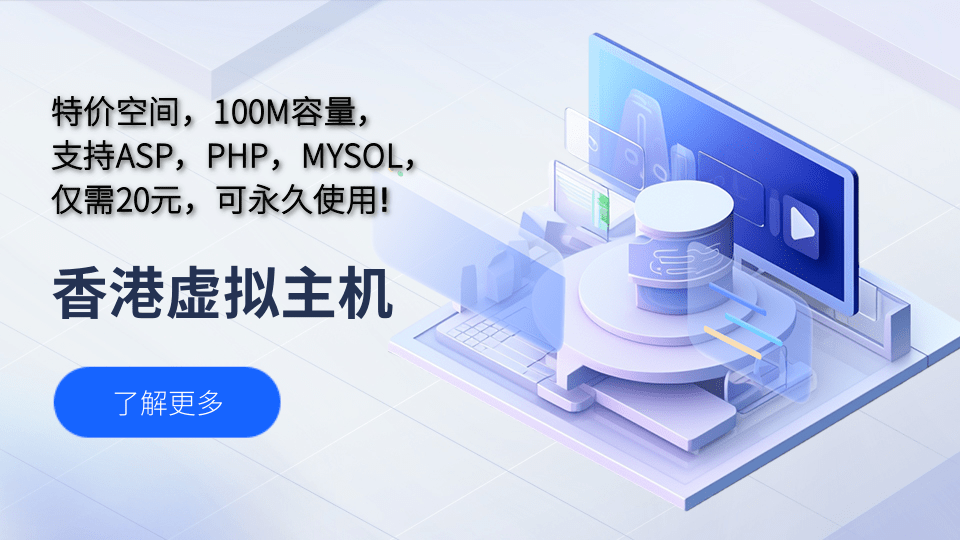配置php、nginx和redis在Linux上是搭建Web服务器环境的常见操作。以下是一个简单的步骤指南:
安装php:
使用包管理工具(如apt、yum等)安装php及相关扩展,例如:sudo apt install php-fpm php–mysql php–redis。
配置php-FPM(FastCGI Process Manager),通常配置文件位于/etc/php/{version}/fpm/pool.d/www.conf。
安装nginx:
使用包管理工具安装nginx,例如:sudo apt install nginx。
配置nginx的站点配置文件,通常位于/etc/nginx/sites-available/目录下,创建一个新的配置文件并配置nginx以使用php-FPM处理php文件。
安装redis:
使用包管理工具安装redis,例如:sudo apt install redis-server。
配置redis,通常不需要太多额外配置,默认安装后即可使用。
重启服务:
完成以上配置后,分别重启php-FPM、nginx和redis服务,以使更改生效。可以使用如下命令:
重启php-FPM:sudo systemctl restart php{version}-fpm.service
重启nginx:sudo systemctl restart nginx.service
重启redis:sudo systemctl restart redis.service
测试:
创建一个简单的php文件(如info.php)放置在nginx的网站目录中(通常是/var/www/html/),内容为。
访问该php文件,确认nginx能够正确解析php并与redis进行通信。
请注意,以上仅为简单配置指南,实际环境中可能需要根据具体需求进行更多配置和优化。







